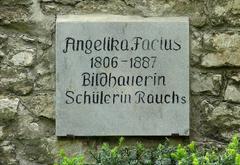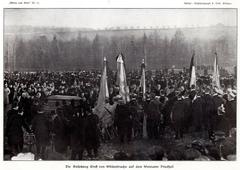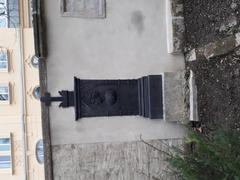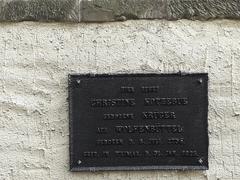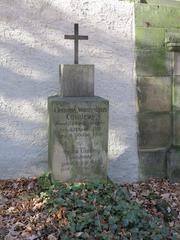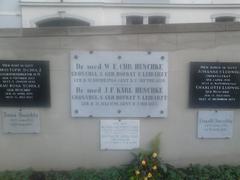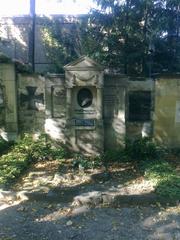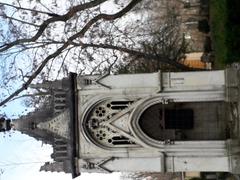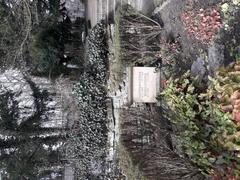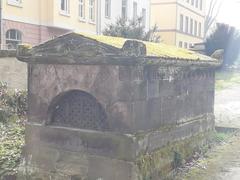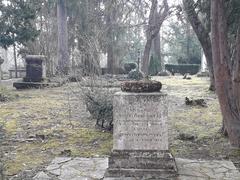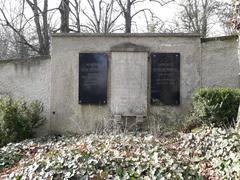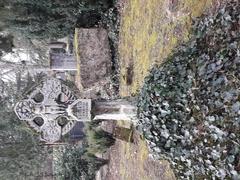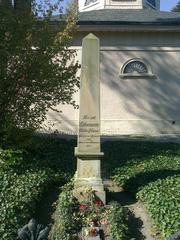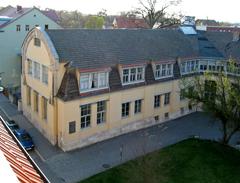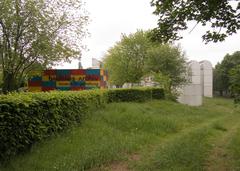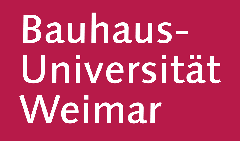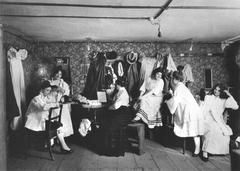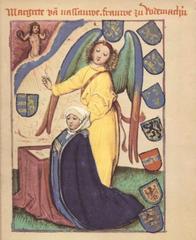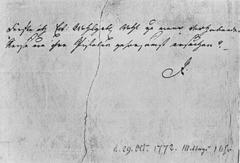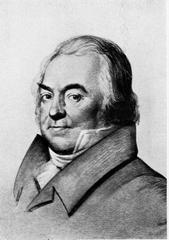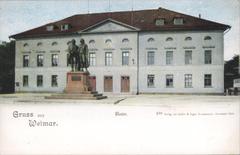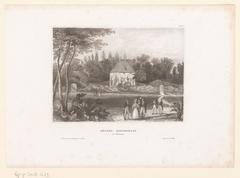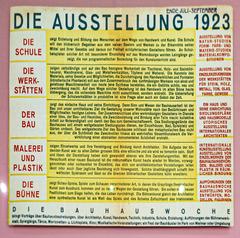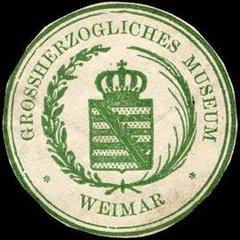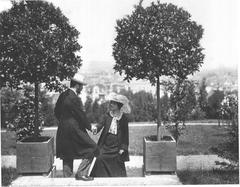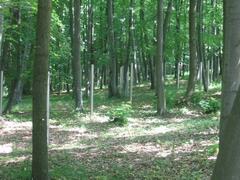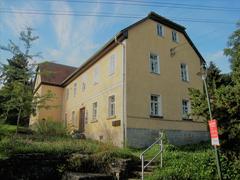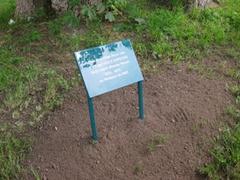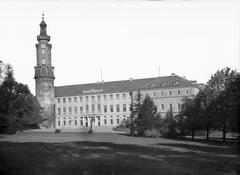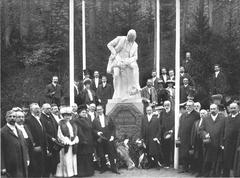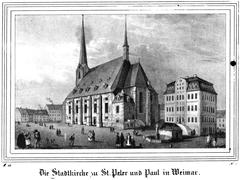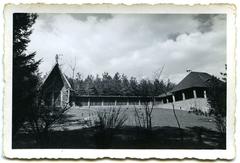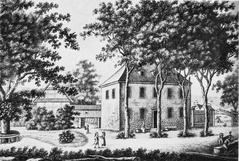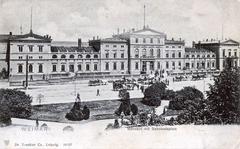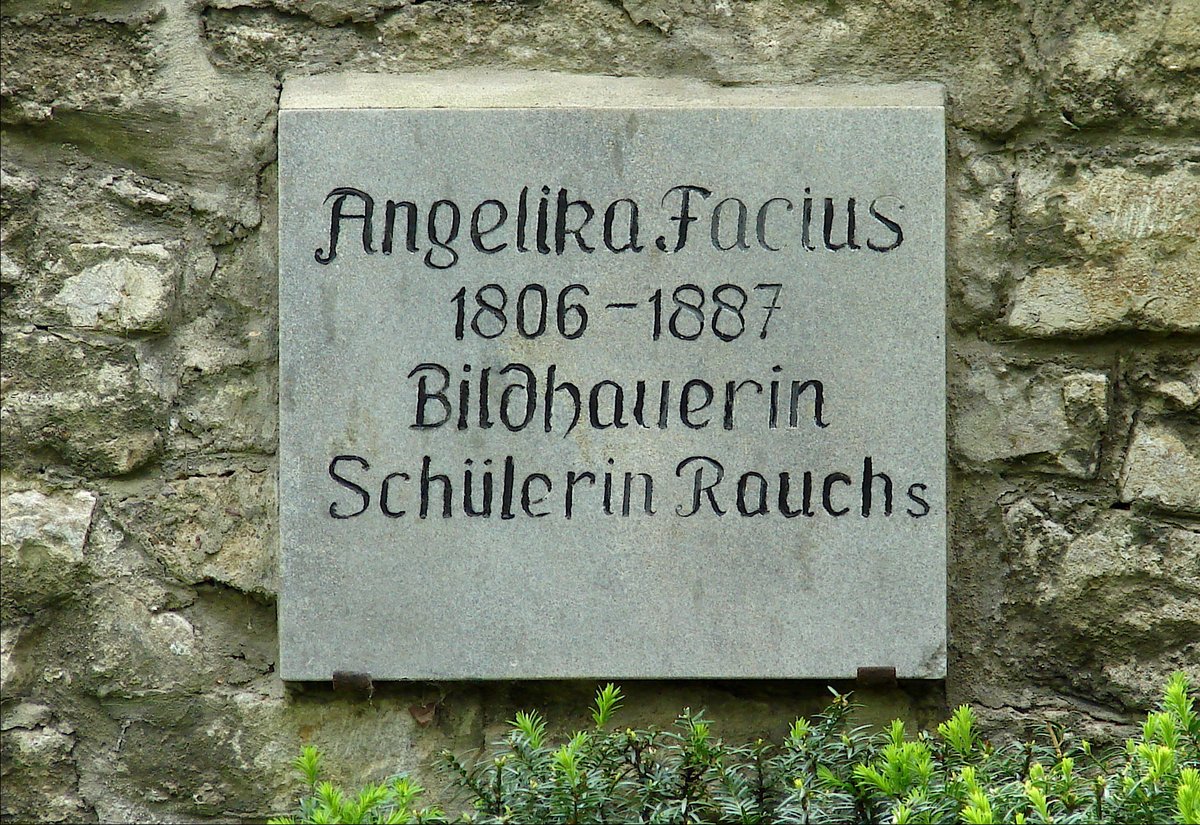
Visiting the Historical Cemetery (Historischer Friedhof) in Weimar, Germany: Complete Guide
Date: 14/06/2025
Introduction: The Historical Cemetery Weimar and Its Cultural Significance
Set in the heart of Weimar, Germany, the Historical Cemetery (Historischer Friedhof Weimar) is an evocative site that encapsulates the city’s legacy as a center of German Classicism and Enlightenment. Established in 1818, the cemetery is not only a tranquil resting place but also a living archive of Weimar’s intellectual, artistic, and political history. Its neoclassical architecture, notably the Ducal Vault (Fürstengruft)—where Johann Wolfgang von Goethe and Friedrich Schiller are interred—draws visitors from around the world. The cemetery’s grounds also feature the Russian Orthodox Chapel and the Monument to the March Dead, each reflecting different facets of Weimar’s multifaceted past.
Open daily and free to enter, the cemetery is easily accessible and complemented by guided tours, educational programs, and barrier-free pathways. Its proximity to other cultural sites such as Goethe’s Residence and the Bauhaus Museum makes it an essential stop for any visitor keen to experience Weimar’s rich heritage (Klassik Stiftung Weimar; UNESCO World Heritage Centre; awaymag.com).
Contents
- Introduction and Significance
- Origins and Architectural Evolution
- The Ducal Vault and Dynastic Legacy
- The Graves of Goethe and Schiller
- The Russian Orthodox Chapel
- Monument to the March Dead
- Visiting Information (Hours, Tickets, Accessibility)
- Site Layout and Notable Features
- Nearby Attractions and Photographic Opportunities
- Practical Travel Tips
- Visitor Management and Conservation
- Accessibility for International Visitors
- Safety and Security
- Frequently Asked Questions (FAQ)
- Conclusion and Visitor Recommendations
- Sources
Detailed Overview
Origins and Establishment
Founded in 1818, the Historical Cemetery was conceived during Weimar’s cultural zenith. It became the burial ground for distinguished citizens, members of the ducal family of Saxe-Weimar-Eisenach, and key figures of the Weimar Classical period (Klassik Stiftung Weimar).
The Ducal Vault: Architectural and Dynastic Centerpiece
At the heart of the cemetery is the Ducal Vault (Fürstengruft), constructed between 1823 and 1828 under architect Clemens Wenzeslaus Coudray. Commissioned by Grand Duke Carl August, the vault replaced earlier burial sites lost to the 1774 City Castle fire. Its Doric portico and star-studded dome exemplify neoclassical design, serving as the mausoleum for the ruling family (Klassik Stiftung Weimar).
Goethe and Schiller: The Poets’ Resting Place
Goethe and Schiller, titans of German literature, are buried side by side in the Ducal Vault. Schiller’s reburial in 1827 and Goethe’s in 1832 fulfilled Goethe’s wish to rest beside his friend, symbolizing their enduring intellectual and personal bond (Angie’s Travel Routes).
The Russian Orthodox Chapel: Royal Connections
Next to the Ducal Vault stands the Russian Orthodox Chapel, built between 1860 and 1862 for Grand Duchess Maria Pavlovna. Its richly decorated interior and symbolic connecting doorway—linking Maria Pavlovna with her husband Carl Friedrich—contrast with the vault’s neoclassical austerity (Klassik Stiftung Weimar).
Monument to the March Dead: Political and Artistic Memory
Within the broader cemetery grounds is the Monument to the March Dead, designed by Walter Gropius and Fred Forbát in the early 1920s. This expressionist memorial commemorates those killed during the Kapp Putsch. Destroyed by the Nazis and later reconstructed, it represents resilience and Germany’s complex political past (Wikipedia).
Visiting Information: Hours, Tickets, and Accessibility
- Opening Hours: The cemetery is generally open daily from 8:00 AM to dusk. The Ducal Vault is typically open 10:00 AM–6:00 PM (April–October) and closes earlier in winter. Confirm hours on the official website before your visit.
- Admission: Entry to the cemetery grounds is free. Tickets (approx. €5 for adults, with concessions) are required for the Ducal Vault. Children under 16 often enter free with an adult (planetware.com).
- WeimarCard: For €32.50 (48 hours), this card covers most museums, the Ducal Vault, and public transport (Klassik Stiftung Weimar).
- Tours: Guided tours (German and occasionally English) and audioguides are available. Reserve ahead during peak seasons (planetware.com).
- Accessibility: The main paths are paved and mostly flat, with benches for rest. Some older sections have uneven gravel. The grounds are wheelchair and stroller friendly, though assistance is recommended for certain areas.
Site Layout and Key Features
- Weimarer Fürstengruft (Ducal Vault): Neoclassical mausoleum with tombs of Goethe, Schiller (empty coffin), and the ducal family (wikipedia.org).
- Russian Orthodox Chapel: Ornate 19th-century chapel, tomb of Grand Duchess Maria Pavlovna (planetware.com).
- Monument to the March Dead: Expressionist memorial honoring 1920 Kapp Putsch victims (Wikipedia).
- German War Graves: Memorials for soldiers from both World Wars and civilian bombing victims (tracesofwar.com).
- Notable Burials: Graves of Goethe’s family and other prominent Weimar citizens.
Maps are available at the entrance and online. Look for QR codes on select graves for digital information.
Nearby Attractions and Photographic Opportunities
- Goethe’s Residence: Museum dedicated to Goethe’s life and works.
- Duchess Anna Amalia Library: UNESO World Heritage-listed library with rare manuscripts and exquisite Rococo interiors.
- Bauhaus Museum: Showcasing Weimar’s influence on modern design.
- Photographic Highlights: The Ducal Vault’s dome, Russian Chapel’s colorful façade, tree-lined avenues, and expressive monuments.
Practical Travel Tips
- Getting There: 15–20 minute walk from city center; public buses available. The WeimarCard covers local transport (annees-de-pelerinage.com).
- Facilities: Restrooms near entrance; no cafés onsite but many in city center.
- Dress and Footwear: Wear comfortable shoes; dress respectfully.
- Best Time to Visit: Spring and summer offer vibrant gardens and pleasant weather. Early morning or late afternoon visits are quieter.
- Duration: Plan for 1–2 hours. History enthusiasts may wish to stay longer.
- Pets: Policies vary; pets must be leashed and cleaned up after.
Visitor Management and Conservation
The City of Weimar and Klassik Stiftung Weimar jointly oversee conservation, using traditional materials and techniques to preserve historical integrity. Charities and volunteers help restore and maintain graves. Visitor numbers are managed during peak times to ensure a contemplative environment (uni-weimar.de).
Accessibility for International Visitors
- Signage: Bilingual (German/English); English-speaking staff available.
- Audioguides: Rentable in English at Fürstengruft entrance.
- Maps/Brochures: Available at entrance, highlighting points of interest.
- WeimarCard: Includes bundled admission and transport (GetYourGuide: Weimar Card).
Safety and Security
The cemetery is safe and regularly monitored. Emergency contacts are posted at the entrance. Keep valuables secure and follow site rules.
Frequently Asked Questions (FAQ)
Q: What are the Historical Cemetery Weimar visiting hours?
A: Grounds open daily, usually 8:00 AM–dusk. The Ducal Vault is open 10:00 AM–6:00 PM in peak season; check for seasonal changes.
Q: Is there an entrance fee?
A: Entry to the cemetery is free; tickets are required for the Ducal Vault.
Q: Are guided tours available in English?
A: Yes, though less frequently than German tours. Audioguides in English are available.
Q: Is the site wheelchair accessible?
A: Main paths are accessible; some older areas may have uneven gravel.
Q: What are the best photographic spots?
A: The Ducal Vault exterior, Russian Chapel, tree-lined avenues, and artistic monuments.
Conclusion: Plan Your Visit to the Historical Cemetery Weimar
The Historical Cemetery Weimar is a profound testament to the city’s intellectual and artistic legacy. From the tombs of Goethe and Schiller to the evocative monuments and tranquil parkland, every aspect of the site invites contemplation and discovery. Comprehensive amenities, guided tours, and educational programming ensure an enriching visit for all. Combine your trip with nearby cultural landmarks for a full day of exploration.
For the latest updates, event bookings, and interactive guides, download the Audiala app and follow official channels to stay connected with Weimar’s vibrant cultural scene.
Sources
- Historical Cemetery Weimar: Visiting Hours, Tickets, and Rich Cultural Heritage, 2025, Klassik Stiftung Weimar (Klassik Stiftung Weimar)
- Visiting the Historical Cemetery Weimar: Hours, Tickets, and Cultural Significance, 2025, awaymag.com (awaymag.com)
- Visiting the Historical Cemetery Weimar: Hours, Tickets, and Key Highlights, 2025, UNESCO World Heritage Centre (UNESCO World Heritage Centre)
- Practical Information for Visitors: Historical Cemetery Weimar Visiting Hours, Tickets, and More, 2025, planetware.com (planetware.com)
- Monument to the March Dead, 2025, Wikipedia (Wikipedia)
